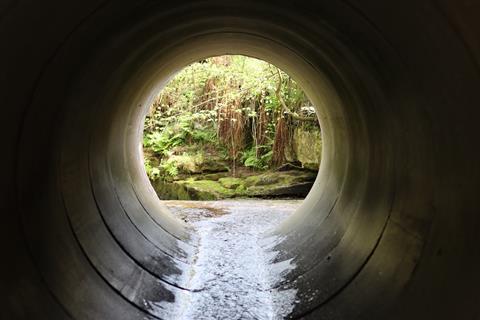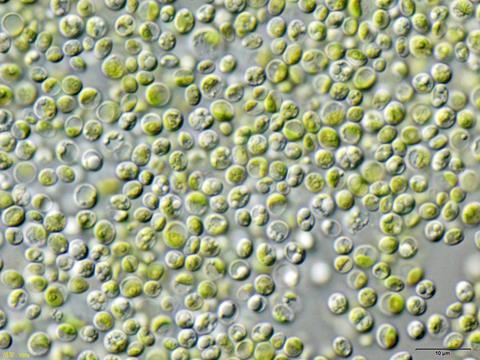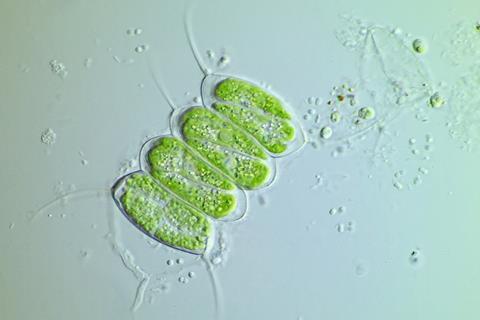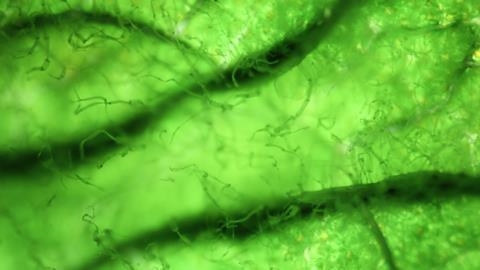The rapid expansion of the global human population and the increase in industrial and agricultural activities have led to severe environmental contamination that could cause significant ecological and public health risks. To remedy the situation, green technology has become more prevalent in recent years due to its numerous environmental benefits
Wastewater discharge generated by industrial processes that have been contaminated with toxic organic and inorganic compounds has detrimental effects on long-term human health and poses serious environmental challenges. Examples of pollutants could be pharmaceutical wastes (e.g., antibiotics, synthetic drugs) and agricultural runoffs (e.g., pesticides, herbicides) that could be highly toxic to marine wildlife. Moreover, eutrophication of the aquatic environments, causing excessive amounts of phosphorus and nitrogen, might also promote the overgrowth of unwanted microbes that threaten aquatic life and deteriorate drinking water quality.
These “emerging pollutants” are often difficult to treat by direct biological means. Hence, it is necessary to limit their presence in industrial effluents and treat the wastewater for proper disposal or channelling back for reuse/recycling purposes. However, the operational costs for the complex wastewater treatments are typically high, which could be challenging for developing countries. It is also noteworthy that the treatment process can produce secondary pollutants, such as inorganic nitrogen, heavy metals, excessive organic chemicals, etc. All of these constituents would prove difficult to remove and endanger aquatic ecosystems.
In light of climate change and the recent requirement of environmental sustainability, cost-effective and eco-friendly bioremediation is considered to be a viable alternative to conventional physical and chemical wastewater treatment methods. It has been shown to provide superior efficiency in pollutant removal, and in addition, making use of such green technology displays substantial benefits to the aquatic environments through turning the hazardous materials into non-toxic substances.

Environmental sustainability: microalgae-based wastewater treatment system
Microalgae are remarkable for being used in wastewater bioremediation. They are defined as a diverse type of photosynthetic microorganisms, comprised of eukaryotic organisms and prokaryotic cyanobacteria. They have the capacity to eliminate organic contaminants and recycle nutrients in wastewater without generating additional waste sludge whilst capturing atmospheric CO2 to improve carbon footprints and curb greenhouse gas emissions. Their multifunctional roles are not only limited to biological treatments but are also efficient in producing sustainable biomass for biofuels, biochemicals, and food source/feedstock manufacturing. Notably, microalgae minimise eutrophication by removing the phosphorus and/nitrogen components in water bodies.
Several common microalgae species, including Scenedesmus, Chlorella, Botryococcus, Phormidium, Limnospira, and Chlamydomonas, have previously shown excellent capability for wastewater bioremediation. Among these, the most studied genera are Chlorella, Scenedesmus, and Spirulina. Some species have even exhibited tolerance against wastewater toxins. Chlorella vulgaris is one of the most commonly used microalgal species for microalgal-based wastewater treatment due to its high adaptability to different environmental conditions, as well as its resistance to heavy metals and other potentially inhibitory compounds. In the past, researchers were able to demonstrate that the microalgal species has an 80% removal rate of eutrophic ingredients in both primary- and secondary-treated municipal effluents. Of further note is that these microalgae could also be used for monitoring water quality.
Various environmental factors like temperature, light intensity, pH, and salinity, amongst others, could affect microalgal metabolic activities to produce biomass and alter their bioremediation efficiency. As such, optimal light and temperature (20-35°C) are crucial for promoting microalgae growth, whilst high water salinity may inhibit photosynthesis and decrease biomass production. Besides, microalgae could grow symbiotically in a mixed microbial consortia in co-cultures, hence enhancing bioremediation capacities and further boosting algal biomass yield.
The co-culture approach utilises the dynamic microbial interactions to compensate for the lack of metabolic activities in one species and another. The integration of microalgae with bacteria, fungi, nanoparticles, and activated sludge has been widely adopted in co-culture bioremediation systems. Nonetheless, such systems of wastewater bioremediation are usually performed on a laboratory scale, and the selection of species can be challenging. Therefore, it is essential to select the appropriate microalgae, tailored to the desired wastewater remediation according to their remediating capabilities.

Genetic engineering & Future tech
Genetically engineered (GE) microalgae, despite their limited existing role in wastewater treatment, have been reported to adopt random mutagenesis to generate mutant microalgae that thrive in particular wastewater environments, with a great capability to remove excess organic compounds and produce high biomass yield. For example, the mutant strain of Scenedesmus spp. (MU1) is applied in cellulosic ethanol wastewater treatment. However, there is an underlying risk of using GE microalgae, owing to the inherently invasive nature of the harmful algal blooms that can be toxic to both aquatic and human lives. In Europe, strict policies regarding the use of GE strains are implemented to prevent experiments from being conducted in uncontrolled conditions. As a result, limited research has been conducted to test the true potential of GE microalgae in outdoor cultivation conditions, which require a controlled environment to prevent microalgal overpopulation.
With the technological advancement nowadays, nanotechnology has the promising potential to enhance the mitigation procedures of environmental pollution, thus, there is a significant rise of nanoscale manufacturing in environmental remediation. This technology enables the production of high-quality materials with little energy consumption and opens new avenues to novel manufacturing techniques.
Generally, nanoparticles have a variety of applications in environmental remediation. They have previously been augmented with microalgae to integrate into the refractory pollutant bioremediation system, which in turn enhances wastewater treatment efficiency due to the increase in surface area for the chemical reactions to take place. Most notably, the nanoparticles are able to accumulate and adhere to the nanoscale microalgal cell walls. Examples of such are titanium dioxide, silver oxide/sulphide, and silica nanoparticles. The roles of nanomaterials are demonstrated in a range of activities, including nanocatalysts, nanoabsorbents, nanophotocatalysts, etc. For instance, Chlorella vulgaris can synthesise silver nanoparticles to degrade polycyclic aromatic hydrocarbons. Therefore, microalgae bioremediation with nanotechnology offers an eco-friendly mitigation approach with low operational costs, but the day for such technology to fully mature is still yet to come.

Economic impact: commercialising microalgae-based bioremediation
Today, the field of microalgae bioremediation is expanding rapidly. European Commission has funded relevant projects with budgets up to €12 million since 2021. The financial incentives, together with the success of microalgae biotechnology, open great commercial opportunities. A gradual rise of companies is beginning to work on microalgal biomass production with different wastewater sources. AlgaeSystems developed a low-cost, offshore, floating PhotoBioreactor system using municipal wastewater. OneWater created the AlgaeWheel system, with the algal-fixed film technology that uses an adapted microalgae-bacteria co-culture. The biomass produced serves as biocompost, feedstock, and biofuel.
Social acceptance
Although the positive prospects of microalgae help them gain momentum in the bioremediation field, public perception of microalgae is one of the hindering factors. Some may still consider microalgae as an invasive species that displaces other beneficial microorganisms. In more serious cases, people fear that their cultivation in open waters, especially GE microalgae, could cause spillage to nearby environments which would deal disastrous consequences to the local ecosystems. In general, the public supports the idea of using GE microalgae and sees its economic benefits, but surveys suggest the need for high security and careful risk assessments of the genetic engineering technology.
In short, the unique features of microalgae provide a promising future for biotechnological advancement and sustainable development in industrial bioprocesses and environmental bioremediation, including wastewater treatment.








No comments yet